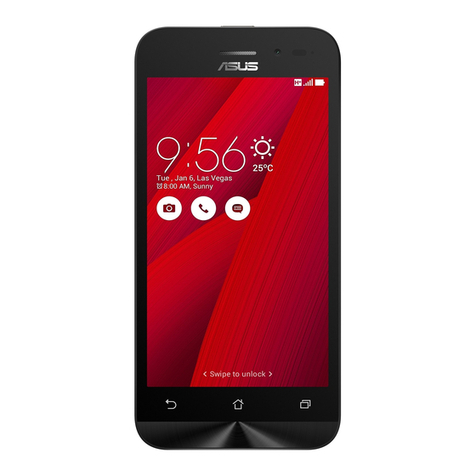Asus J206 User manual
Other Asus Cell Phone manuals
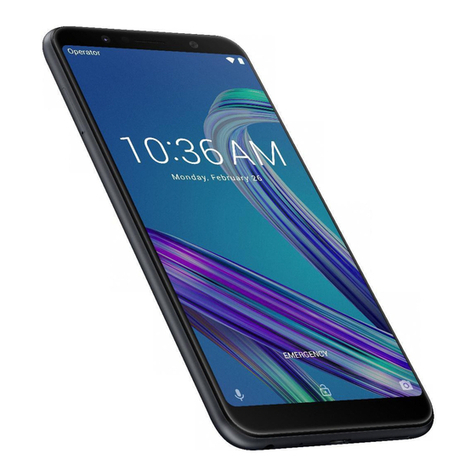
Asus
Asus ZenFone Max Pro M1 Technical manual
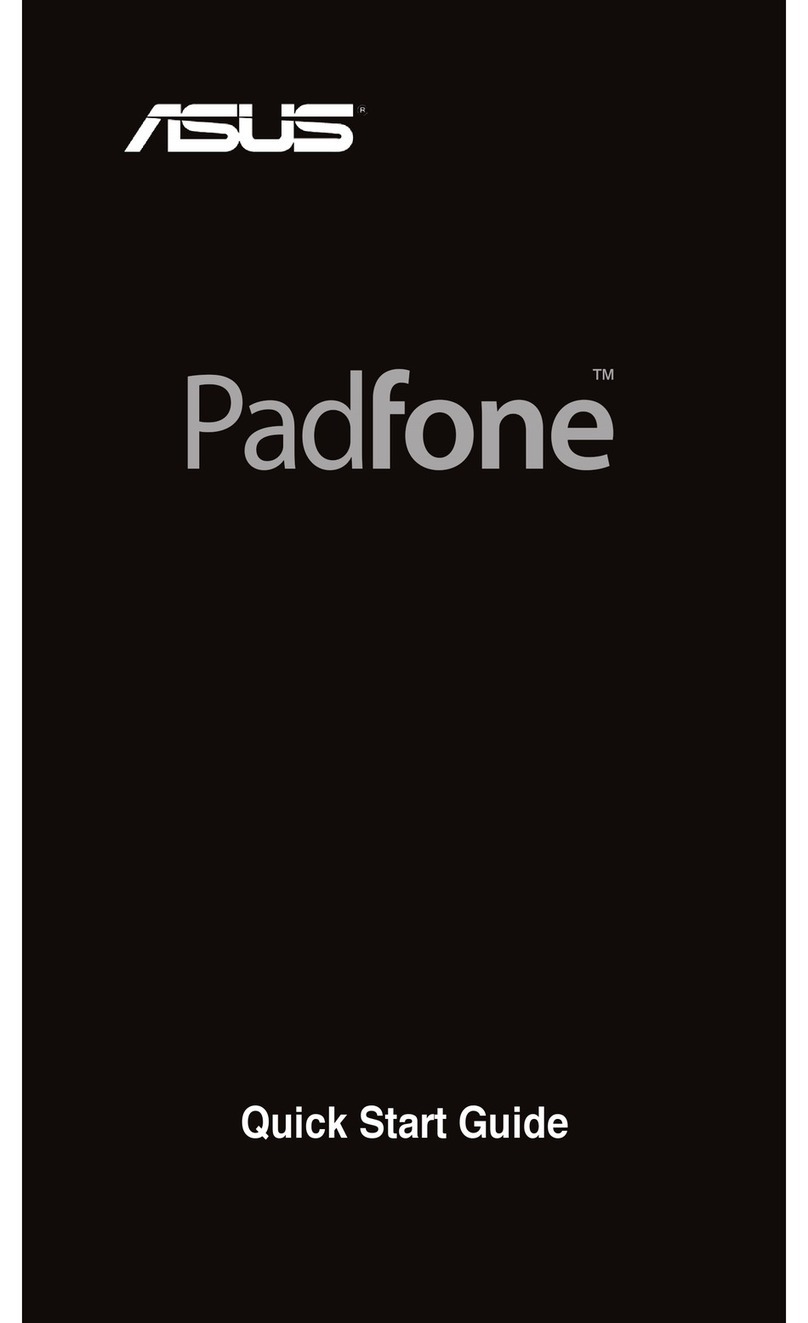
Asus
Asus PadFone Station User manual

Asus
Asus ZenFone 4 Guide

Asus
Asus ROG PHONE 6 User manual

Asus
Asus Zenfone 9 User manual
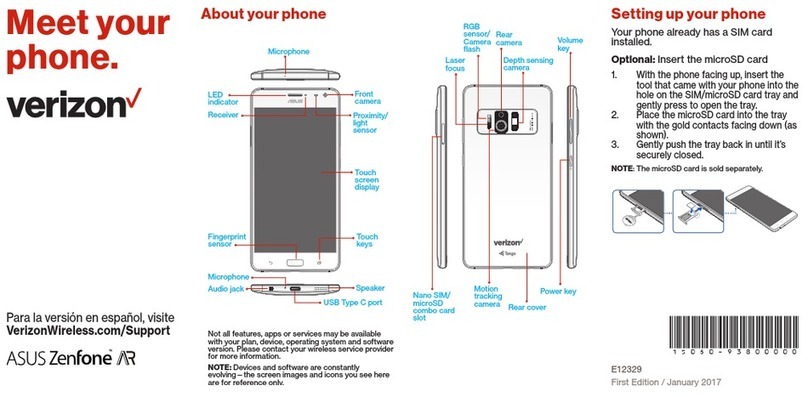
Asus
Asus VERIZON ZENFONE AR User manual

Asus
Asus E12226 User manual

Asus
Asus ZenFone 3 Deluxe User manual

Asus
Asus ZC520KL User manual
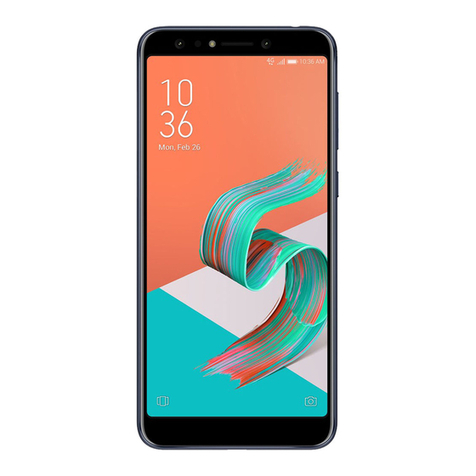
Asus
Asus X017DA User manual
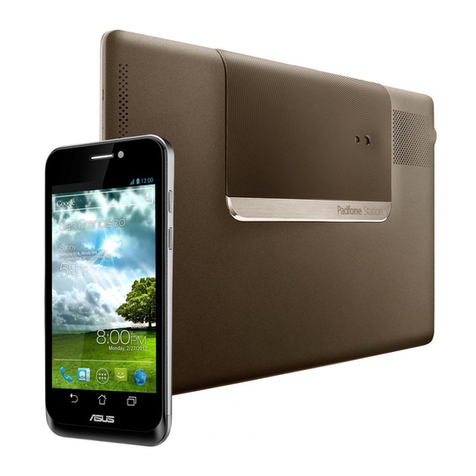
Asus
Asus PadFone Station User manual

Asus
Asus VERIZON ZENFONE AR User manual
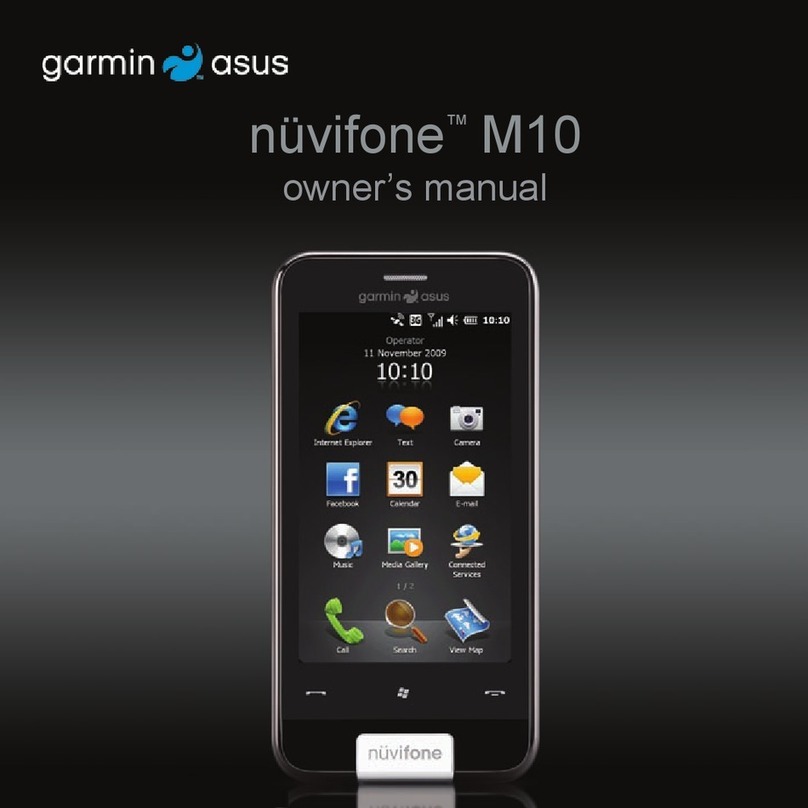
Asus
Asus nuvifone M10 User manual

Asus
Asus Zenfone Ares User manual
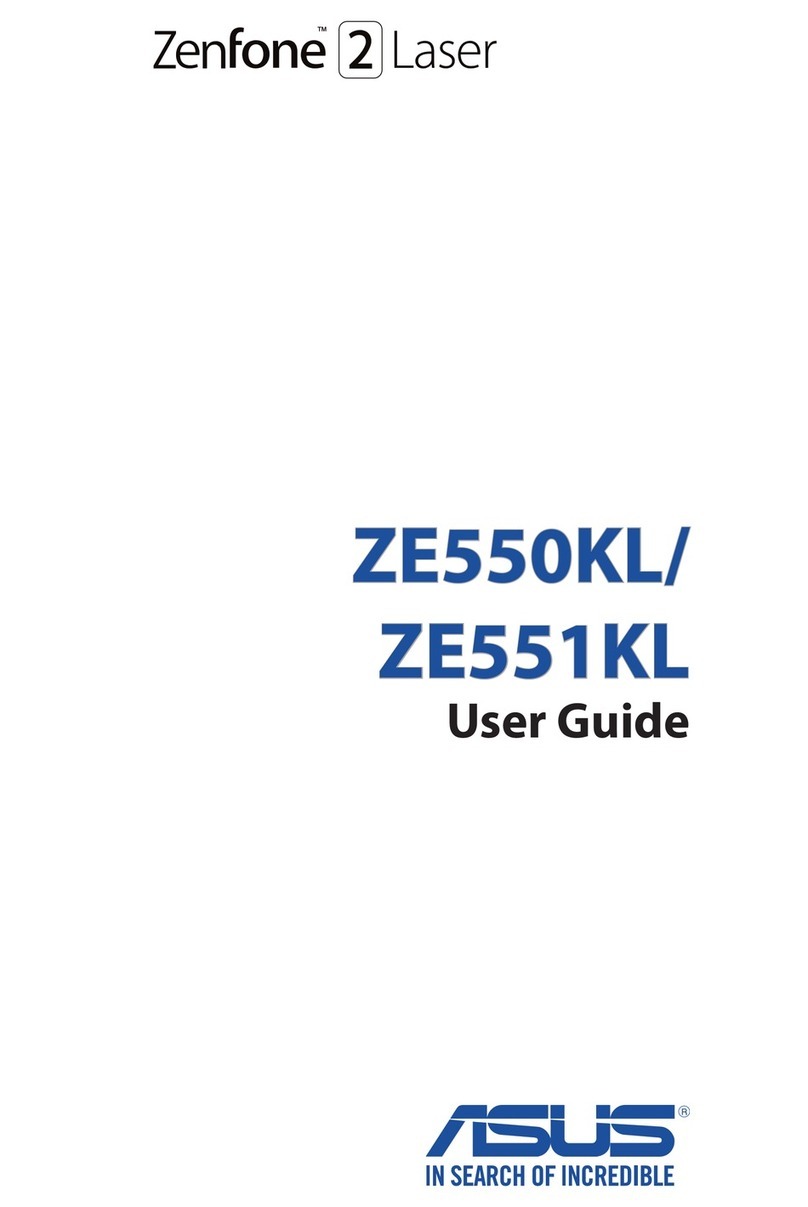
Asus
Asus Zenfone 2 Laser User manual

Asus
Asus ROG-PHONE 05 User manual

Asus
Asus Verizon Zenfone V live User manual

Asus
Asus Zenfone Max M1 User manual
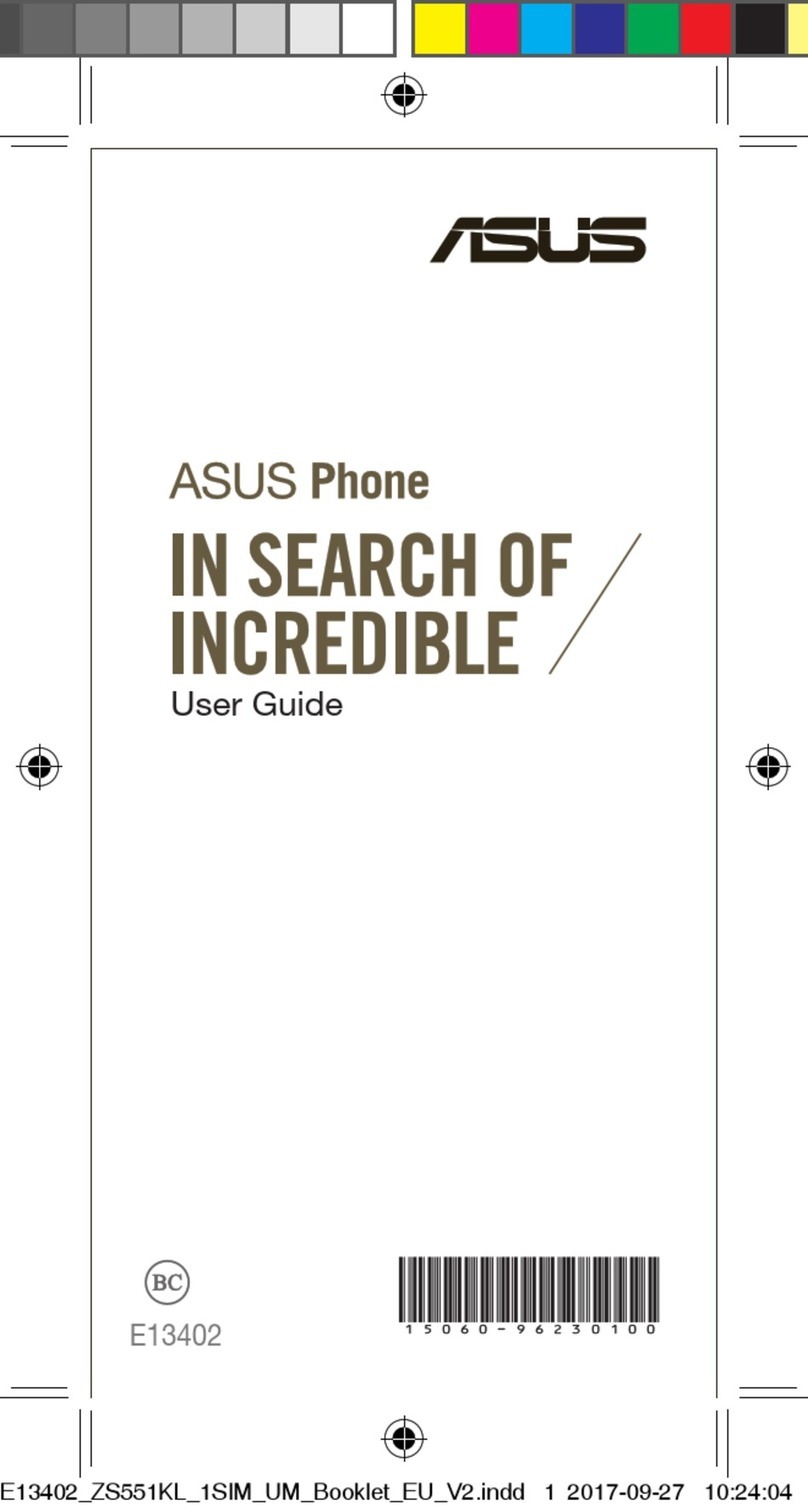
Asus
Asus Z01GS User manual
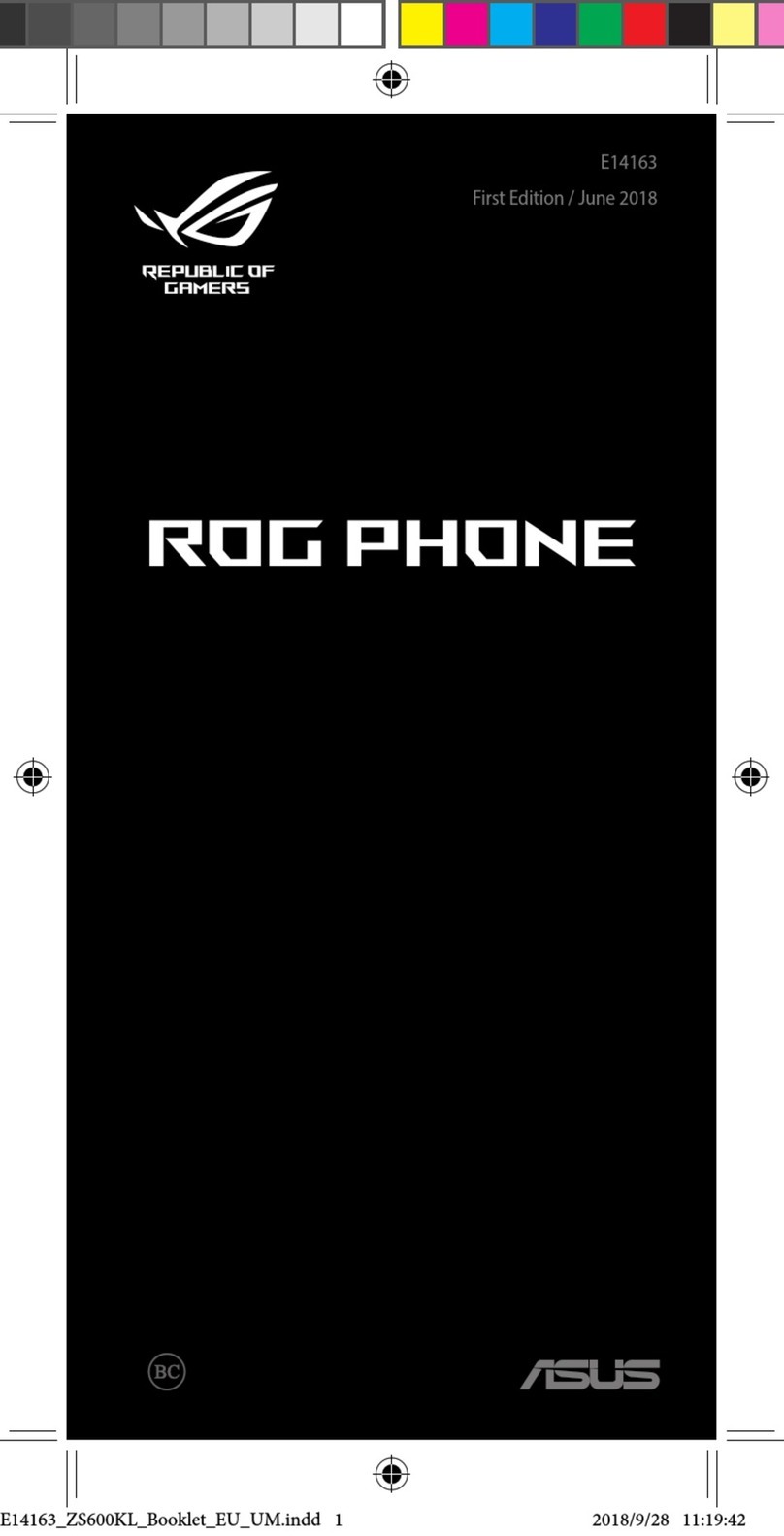
Asus
Asus ROG PHONE E14163 User manual
